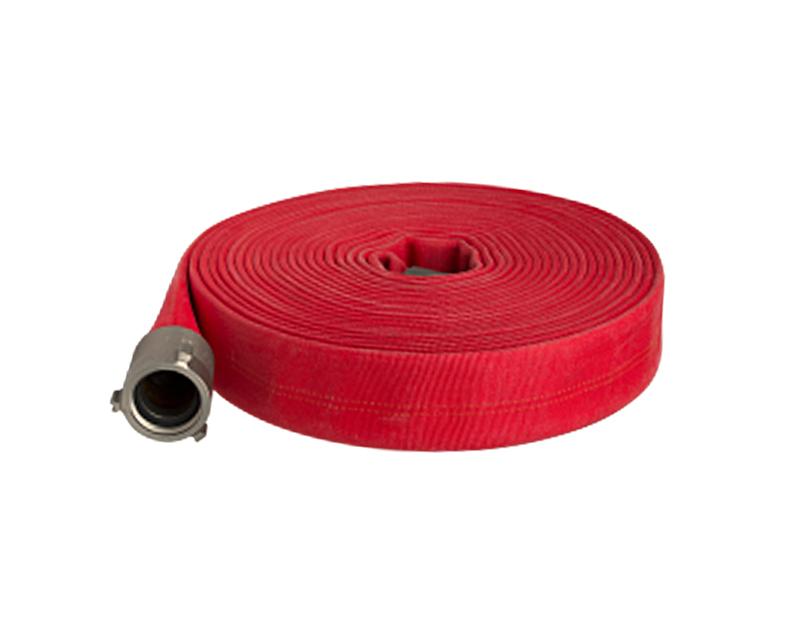The arrival of fire apparatus at an emergency scene initiates a well-rehearsed ballet of personnel and equipment, with the rapid deployment of the fire hose being a central act. The choice of which fire hose to use, and how to deploy it, is a tactical decision based on the size and type of the fire, available water supply, and structural considerations. Firefighters must expertly handle, advance, and operate these charged lines, a task that requires significant physical strength and coordinated teamwork. The effectiveness of the entire firefighting operation often hinges on the successful placement and operation of the fire hose, making its proficient use a core skill for every firefighter.
Different fire scenarios demand different hose configurations. For a large structure fire, a large-diameter hose (LDH) is first deployed to establish a high-volume water shuttle from a hydrant or drafting source to the pumper truck, acting as the main artery for the operation. From the pumper, smaller diameter attack lines are deployed. Crews must physically advance these often heavy, water-charged lines into hazardous environments, navigating obstacles, stairwells, and intense heat to reach the seat of the fire. The nozzle at the end of the fire hose gives the team control over the stream, allowing them to select a straight stream for penetration or a fog pattern for protection, ventilation, and gas cooling. The maneuverability of a modern, lightweight fire hose is crucial in these situations, allowing firefighters to move with agility.
The stresses on a fire hose during active operations are immense. It must resist kinking, which can abruptly stop water flow, and withstand being dragged over sharp edges, across hot surfaces, and through chemically contaminated water. The design and materials of a contemporary fire hose account for these challenges, but its performance is ultimately backed by the skill and courage of the operators. After the incident, the careful inspection process begins again, ensuring that every section of fire hose that was deployed is restored to full readiness. This cycle of preparation, deployment, and recovery underscores the fire hose's role not just as a tool, but as a lifeline that firefighters depend upon to execute their dangerous and vital work safely and effectively.
